Whirlpool duet vibrates shakes and rattles on 2nd floor
linhouse
17 years ago
Related Stories
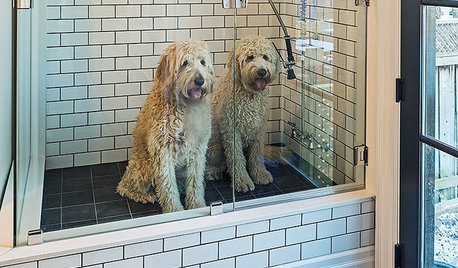
THE HARDWORKING HOME8 Laundry Room Ideas to Watch For This Year
The Hardworking Home: A look at the most popular laundry photos in 2014 hints that dog beds, drying racks and stackable units will be key
Full Story
HOUSEKEEPINGWhat's That Sound? 9 Home Noises and How to Fix Them
Bumps and thumps might be driving you crazy, but they also might mean big trouble. We give you the lowdown and which pro to call for help
Full Story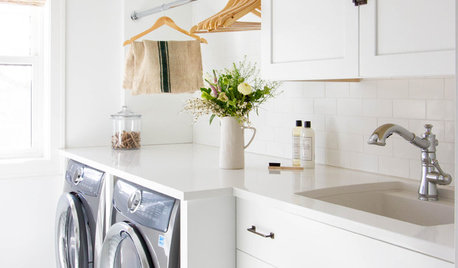
MOST POPULARHow to Remodel the Laundry Room
Use this step-by-step guide to figure out what you want and how to make it happen
Full Story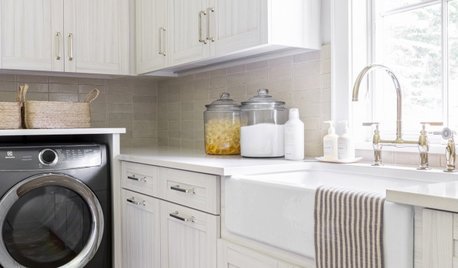
LAUNDRY ROOMS7-Day Plan: Get a Spotless, Beautifully Organized Laundry Room
Get your laundry area in shape to make washday more pleasant and convenient
Full Story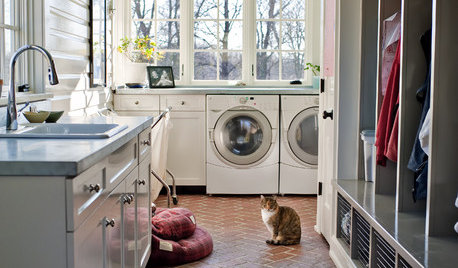
LAUNDRY ROOMSGet More From a Multipurpose Laundry Room
Laundry plus bill paying? Sign us up. Plus a potting area? We dig it. See how multiuse laundry rooms work harder and smarter for you
Full Story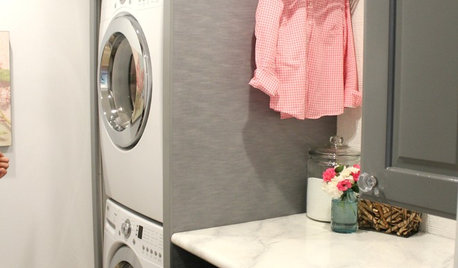
LAUNDRY ROOMSSee an Amazing $400 Laundry Room Remodel for a Family of 8
Budget shopping and DIY spirit create folding space, smart storage and better organization for a couple and their 6 kids
Full Story





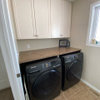
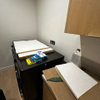
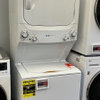
hiker56
dross
Related Professionals
Carson Kitchen & Bathroom Designers · Schenectady Kitchen & Bathroom Designers · Independence Kitchen & Bathroom Remodelers · Toms River Kitchen & Bathroom Remodelers · Weymouth Kitchen & Bathroom Remodelers · Liberty Township Cabinets & Cabinetry · Chandler Custom Closet Designers · Chula Vista Custom Closet Designers · Dale City Custom Closet Designers · Weehawken Custom Closet Designers · Chicago Flooring Contractors · Knoxville Flooring Contractors · Lansdale Flooring Contractors · Pflugerville Flooring Contractors · Waunakee Flooring Contractorswasher_man
dross
hiker56
dross
wayside
dross
hiker56
dross
c_casson
dross
hiker56
alfred_2007
grannabelle
pennc94